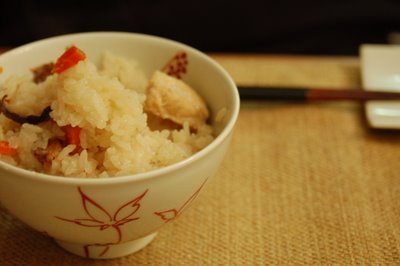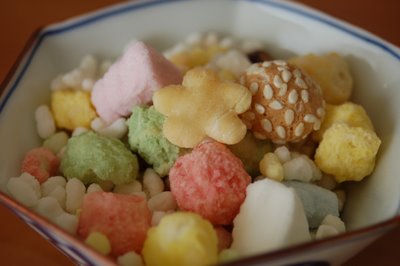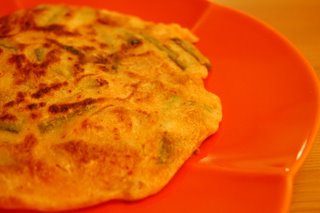Health.com
World's Healthiest Foods: Soy (Japan)
by Joan Raymond
A typical Japanese eats
soy for breakfast. And lunch. And dinner. “We eat tofu every day,” says Mamie Nishide, a cooking instructor and recipe developer who’s a native of Nara, Japan.
Soybeans, first grown in tropical Asia thousands of years ago, are used in everything in Japan from
soy sauce (as ubiquitous as ketchup) to vegetable oil,
tofu, and the fermented soybean paste called
miso. Japanese eat more soybeans than anyone else, and the long-lived Okinawans top the list at about 60 to 120 grams per person each day, compared with practically zero grams for the average American.
Why to try it: Protein-packed soy is high in isoflavones, estrogen-like substances linked to the prevention of cancer and osteoporosis. But its biggest draw may be the dozens of studies showing soy is good for your heart; the FDA even allows certain soy products (with at least 6.25 grams of soy protein per serving) to have a heart-healthy claim on their labels. Plus, some studies have shown that a diet rich in soy can reduce breast-cancer risk. Asian women, for example, have a much lower incidence of the disease compared with their Western counterparts. But other studies suggest that high levels of soy might actually increase breast-cancer risk in women who live in the United States, especially among those with a family history of the disease. (If you have a history of breast cancer or a high incidence in your family, talk to your doctor about how much soy is safe.)
What to do with it: Use cooked soybeans instead of garbanzo beans in your next batch of hummus, and add frozen edamame (whole soybeans) to stir-fries. Tofu typically comes in 1-pound blocks for about $1.99 at grocery and health-food stores.















